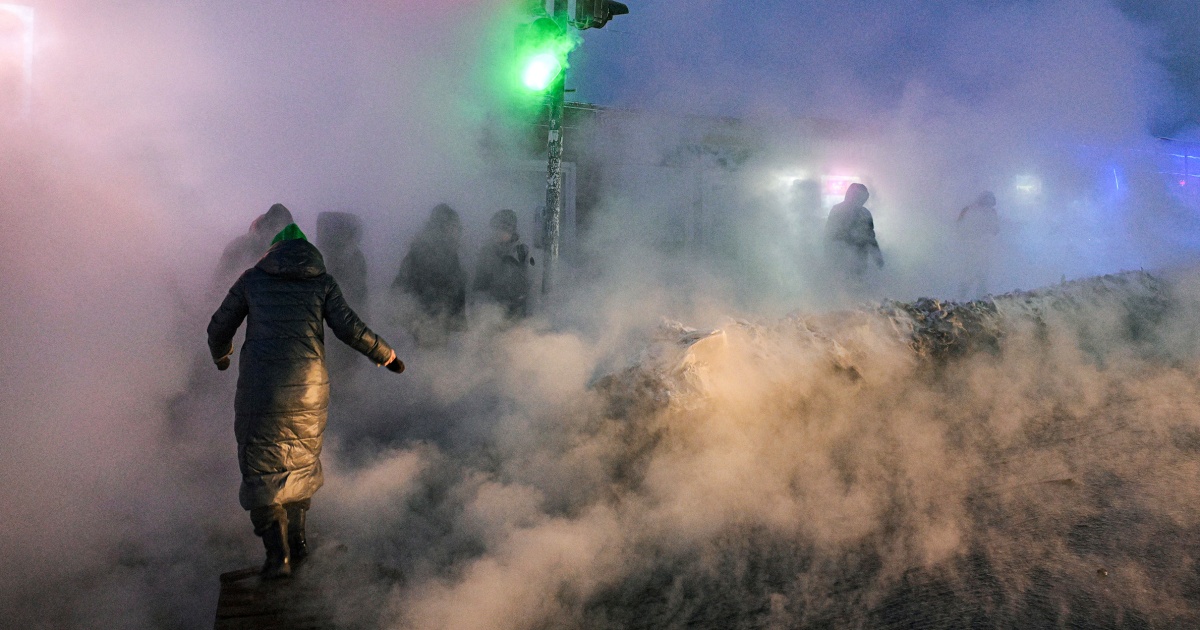Across Russia, creaking infrastructure and a wave of accidents have plunged households into the cold in the depth of winter, fueling rare showings of public frustration.
Two electric radiators were not enough to keep Russian pensioner Elena Grezkaya-Silko from shivering in her one-bedroom apartment.
After two major utility network accidents last month, she struggled to stay warm at home in the Siberian city of Novosibirsk, where temperatures regularly dip below minus 4 degrees Fahrenheit in January.
After the first accident Jan. 11, due to what authorities said was a defect in the main heating network, the heating batteries inside her apartment went cold, with only lukewarm and intermittent heating in her bathroom and kitchen. Then, a hot water pipe burst on the street near her building Jan. 17, sending a geyser of hot water and steam into the air.
Her bedroom remained “icy cold” after that, she told NBC News in a phone interview last month.



Potemkin village:
https://en.wikipedia.org/wiki/Potemkin_village
Apparently the original story is largely a myth: